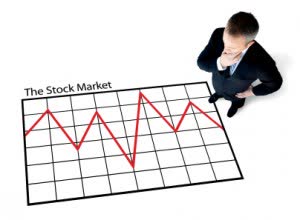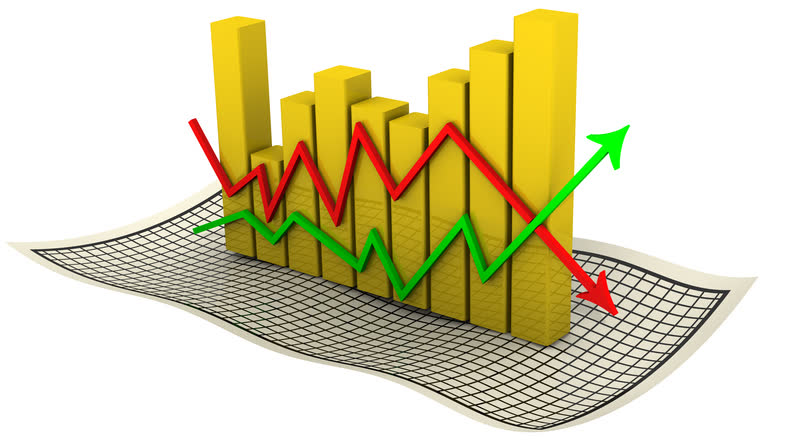Dividend Value Builder Newsletter
Portfolio Volatility and the Impact on Performance


Portfolio volatility has a large negative impact on investment performance and is one of the major reasons investors’ long term returns fall far short of expectations. I’m going to demonstrate why managing portfolio volatility is critical to your investment returns and crucial to managing investment risk.
Impact on Performance
Most people calculate an arithmetic return, which is a simple average over over a period of years. Fund managers and mutual funds report arithmetic returns. It is the same formula the media reports for returns on market indices. Most investor portfolio returns fall below reported averages because arithmetic returns do not reflect the real or actual impact on portfolio performance.
A negative 50% return and a positive 50% return would have an average return of 0% or break even. But the real impact on performance is a combined 25% loss. It doesn’t matter the order of the returns. A 50% positive return and a 50% negative return is also a 25% loss.
Examples of Portfolio Volatility
Let’s look at this example of 3 portfolios over a period of 6 years. All three portfolios have an average return of 5% over the 6 year period. Portfolio B experiences 10% more volatility each year than portfolio A; both in the up and down years. Portfolio C experiences 25% more volatility than Portfolio A.
Portfolio A B C
Year 1 +5% +15% +30%
Year 2 +5% – 5% – 20%
Year 3 +5% +15% +30%
Year 4 +5% – 5% -20%
Year 5 +5% +15% +30%
Year 6 +5% – 5% -20%
Arithmetic
Average +5% +5% +5%
$100,000
Portfolio
Value $134,010 $130,396 $112,486
You will notice the greater the portfolio volatility the lower the return on the portfolio. Remember the average return is the same (5%) for all the portfolios. Yet because of compounding the ending values of the portfolio are quite different. Volatility has a large negative effect on portfolio performance; therefore it’s important to implement portfolio risk management strategies.
When you lose your investment capital you no longer have the ability to make it up when returns are positive. In other words, the positive returns are made on less money, therefore you are literally losing your money with each cycle of volatility.
The impact on performance from portfolio volatility is large and must be mitigated for an investor to be successful. You will find many resources on this blog to help you with portfolio risk management.
Related Reading:
5 Portfolio Risk Management Strategies
Minimize Large Portfolio Drawdowns
Invest With Confidence in Less Time - Manage Your Portfolio Without Behavioral Errors
